In Japan, people traditionally wear various styles of ethnic clothing that are strictly unique to the country. However, in recent years, they have used most of these types of clothing only on special occasions rather than in everyday life. Modern, Western clothing has largely replaced traditional ethnic clothing as a more comfortable option. Some of the traditional clothing styles include the kimono, fundoshi, and hakama.
Kimono
Perhaps the most well-known and comprehensive traditional Japanese garment is the kimono. Women, men, and children all wear this full-length robe. Kimonos are T-shaped, wrapped around the body, and held in place by a sash, or obi, tied in the back. People wear traditional sandals called zori, or geta with tabi (split-toed socks) with kimonos. These days, women and men more often wear the kimono at weddings, tea ceremonies, and other formal or special occasions, although professional sumo wrestlers wear it whenever they are in public.
Types of Kimono
Kimono styles vary widely, from formal to casual. Formal kimonos feature silk, while less formal options like the yukata utilize cotton or synthetic fibers. Women’s kimonos showcase a wider variety of styles than men’s kimonos. A woman’s kimono choice reflects the occasion and her marital status. Some types of women’s kimonos include:
Furisode
Furisode is the most formal type of kimono for young women. Its very long sleeves indicate the woman is unmarried. Young women wear them at seijin shiki, or “coming of age” ceremonies, and the bride’s single female relatives wear them at weddings and wedding receptions.
Mofuku
Mofuku kimonos serve both men and women as formal mourning attire. Usually made of silk and dyed black, people wear them over white tabi and white undergarments. Only the family and those close to the deceased wear all black.
Tomesode
Tomesode kimonos are for married women and come in two types: one more formal, one less formal. The irotomesode, slightly less formal, is monochrome and is worn by close relatives of the bride and groom at weddings. The kurotomesode, a black kimono with patterns below the waist, is the most formal kimono for married women. Mothers of the bride and groom typically wear this type of kimono at weddings.
Uchikake
A very formal kimono worn only by brides or at a stage performance. It is usually all white or very colorful with red as the base color. It is worn outside the actual kimono and is never tied with an obi.
Susohiki/Hikizuri
Worn by geisha or performers of traditional Japanese dance. Compared to a regular kimono, these are much longer and drape over the floor.
Yukata
A summer kimono made of cotton. Often worn at fireworks displays and other summer events and festivals. Wearers typically wear geta with these kimonos without the tabi.
Men’s Kimonos
Men’s kimonos are less fancy than women’s kimonos. They are much more simple and muted in color. The most formal men’s kimono is plain black silk with five kamon, or family crests. The less formal men’s kimono has three kamon.
Kimono Material
Kimono makers craft more formal and expensive kimonos from silk, while they use cotton, natural fibers such as hemp and flax, and synthetic fibers for less expensive options. Silk demands more frequent care and is much more delicate than other materials. Cotton, other natural fibers, and synthetic fibers require less care and are home-washable, making them far more affordable than silk kimonos.
Where to buy Kimono?
Kimonos are usually expensive. They range anywhere from $300 to $5000 or more… it depends on the material of the kimono, the design, the order made and so on.
So where can you buy your own kimono and accessories? Below is a list of stores where you can buy custom-made or ready-to-wear kimonos:
Here are some links to ready-to-wear kimono shops:
Are you a fan of Japanese culture? Click here to find out more!

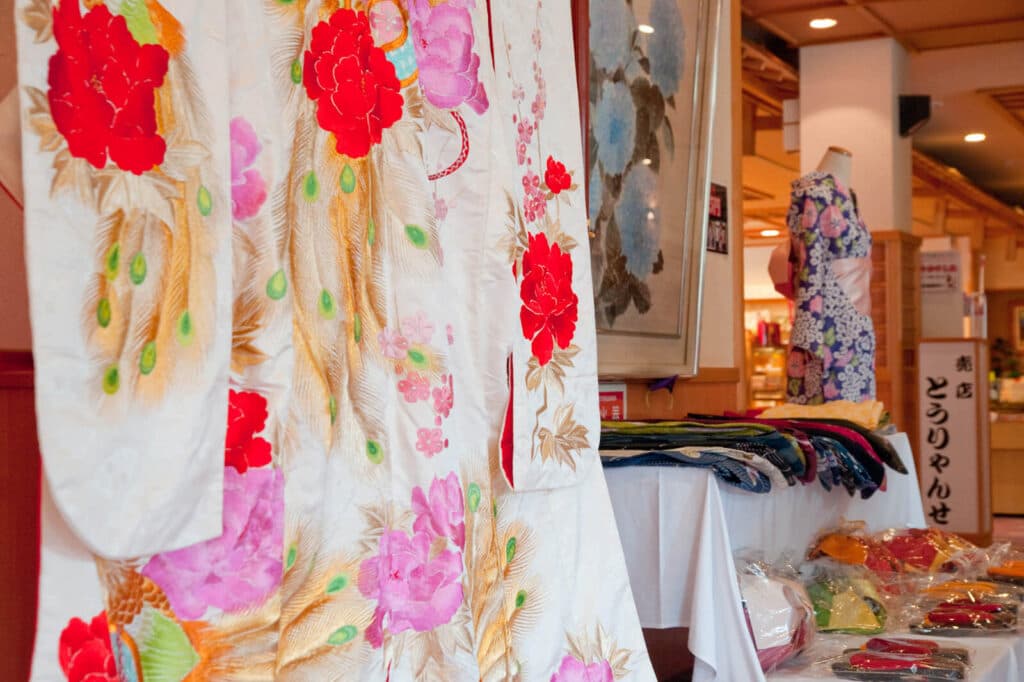
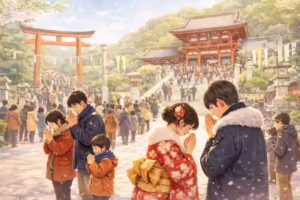
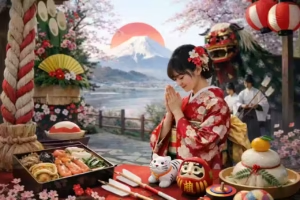
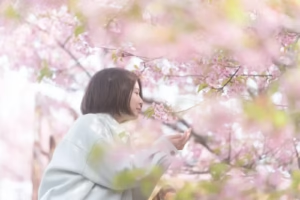
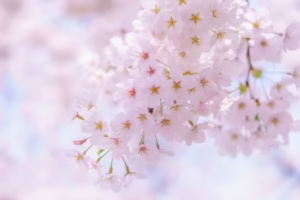
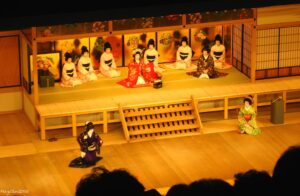


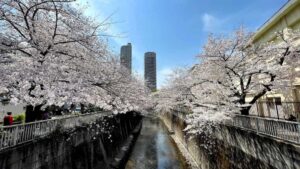
Comments
List of comments (1)
I should congratulate you, i haven’t met such a site about Japan culture yet, i can find here everything about Japan, everthing is in order, thank you so much, i will visit your site frequently, congratulations.